Are you ready to have your mind blown by the incredible applications of RFID technology? From tracking endangered animals to revolutionizing supply chains, RFID technology is transforming industries and improving our lives in ways we never thought possible. In this article, we will explore 10 fascinating examples of RFID technology applications that will leave you in awe.
Imagine a world where you can pay for your groceries with a wave of your hand, or where lost luggage at airports becomes a thing of the past. This is the power of RFID technology. Utilizing radio waves to identify and track objects, RFID is changing the way we interact with the world around us.
We will delve into how RFID is being used to enhance healthcare, streamline inventory management, and even protect sensitive data in passports and credit cards. These captivating examples will showcase the immense potential of RFID technology and its ability to revolutionize various sectors. So buckle up and prepare to be amazed as we explore the cutting-edge applications of RFID technology that are sure to blow your mind.
Table of Contents
How does RFID technology work?
RFID, or Radio Frequency Identification, is a technology that uses radio waves to identify and track objects. At the core of an RFID system are three main components: a tag (or transponder), a reader, and an antenna. The tag contains a small radio transmitter and receiver, as well as an integrated circuit for storing data. The reader is a device that can read and write data to RFID tags, while the antenna enables the reader to transmit and receive data from the tags.
When an RFID tag comes within the range of the reader’s antenna, the tag detects the activation signal from the reader. The tag then modulates the signal and reflects it back to the reader with the tag’s data, such as a unique identification number. This communication between the tag and reader allows the system to identify, categorize, and track the tagged object. The distance at which the reader can detect and communicate with the tag can vary, depending on factors such as the frequency used, the power output, and the antenna design.
RFID technology operates on different frequency ranges, including low-frequency (LF), high-frequency (HF), and ultra-high-frequency (UHF) bands. The choice of frequency depends on the specific application and the required read range, speed, and performance. For example, LF RFID systems are often used for access control and animal tracking, while UHF RFID is commonly used in supply chain management and logistics applications that require longer read ranges and faster data transfer rates.
RFID technology Applications in inventory management
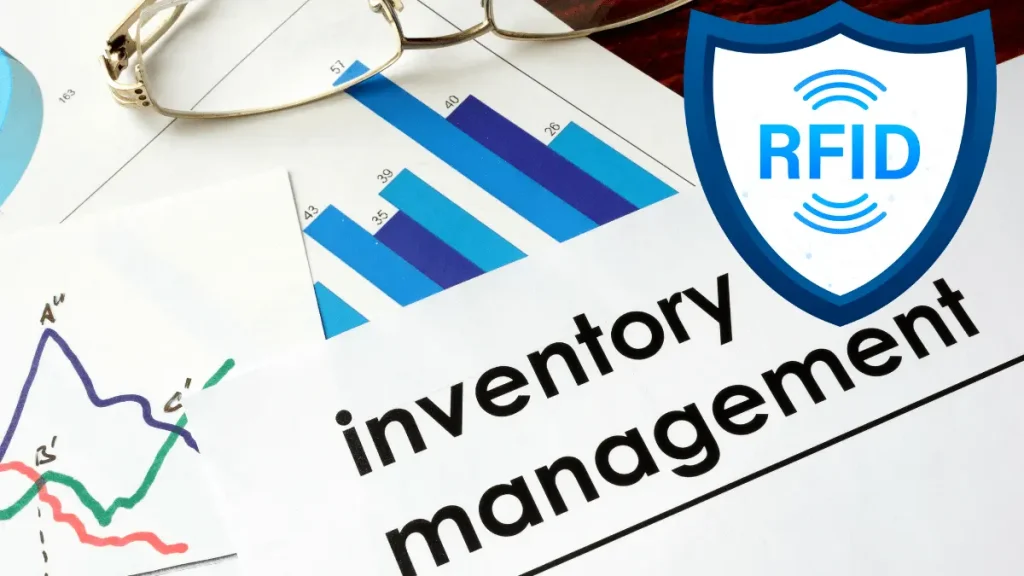
One of the most significant applications of RFID technology is in inventory management. RFID tags can be attached to individual items, cases, or pallets, allowing for accurate and real-time tracking of inventory throughout the supply chain. This technology has revolutionized the way businesses manage their inventory, leading to improved efficiency, reduced costs, and enhanced customer satisfaction.
With RFID-enabled inventory management, businesses can automatically track the movement and location of their products, eliminating the need for manual barcode scanning or physical counts. This automation not only saves time and labor but also reduces the risk of human error. When an item is added or removed from the inventory, the RFID system can instantly update the records, providing a clear and accurate view of the available stock at any given time.
Moreover, RFID technology enables businesses to optimize their inventory levels by providing valuable insights into product usage, demand patterns, and supply chain performance. By analyzing the data collected from RFID tags, companies can make informed decisions about inventory replenishment, storage, and distribution, leading to reduced waste, improved inventory turnover, and enhanced customer service.
RFID technology in supply chain management
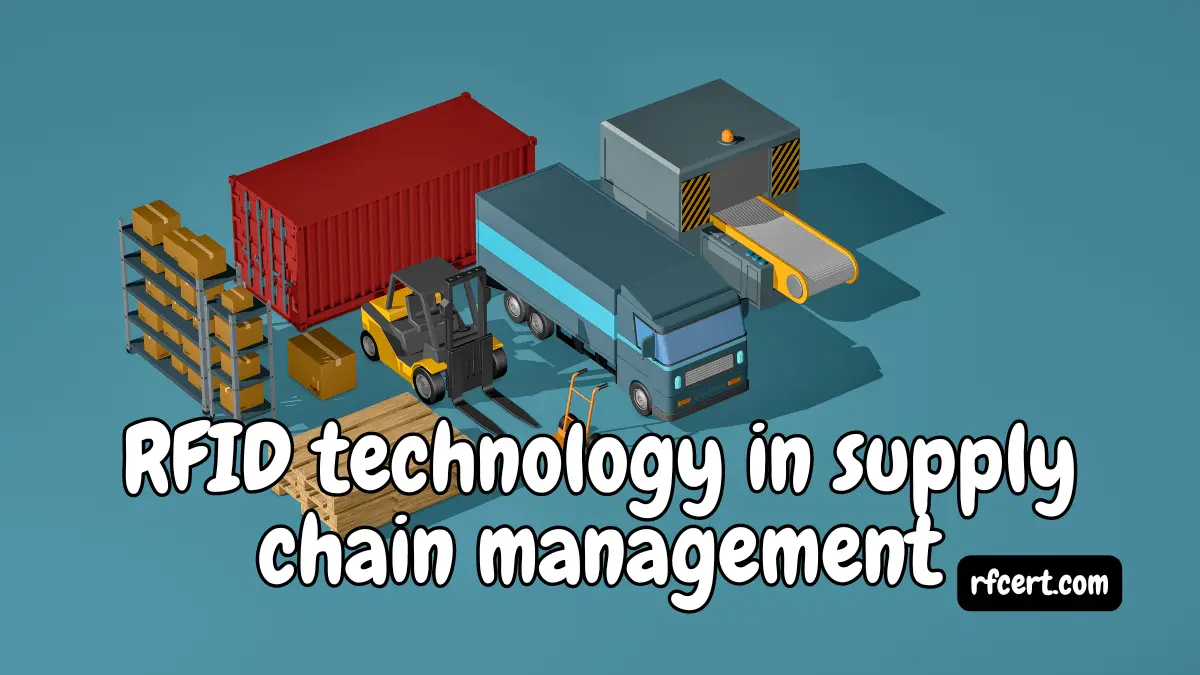
RFID technology has also revolutionized supply chain management, streamlining the movement of goods and improving overall efficiency. By tagging products, containers, and pallets with RFID tags, businesses can track the location and status of their shipments in real-time, providing end-to-end visibility throughout the supply chain.
One of the primary benefits of RFID in supply chain management is the ability to automate the tracking and tracing of goods. As products move through the supply chain, RFID readers can automatically detect and record the movement of tagged items, eliminating the need for manual scanning or paperwork. This automation not only saves time and labor but also reduces the risk of human error, ensuring accurate data and improved supply chain visibility.
RFID technology also enhances supply chain security by enabling the identification and tracking of goods, reducing the risk of theft, counterfeiting, and unauthorized access. By monitoring the movement of tagged items, businesses can quickly detect any discrepancies or anomalies, allowing them to take immediate action to address the issue and maintain the integrity of the supply chain.
RFID technology in healthcare
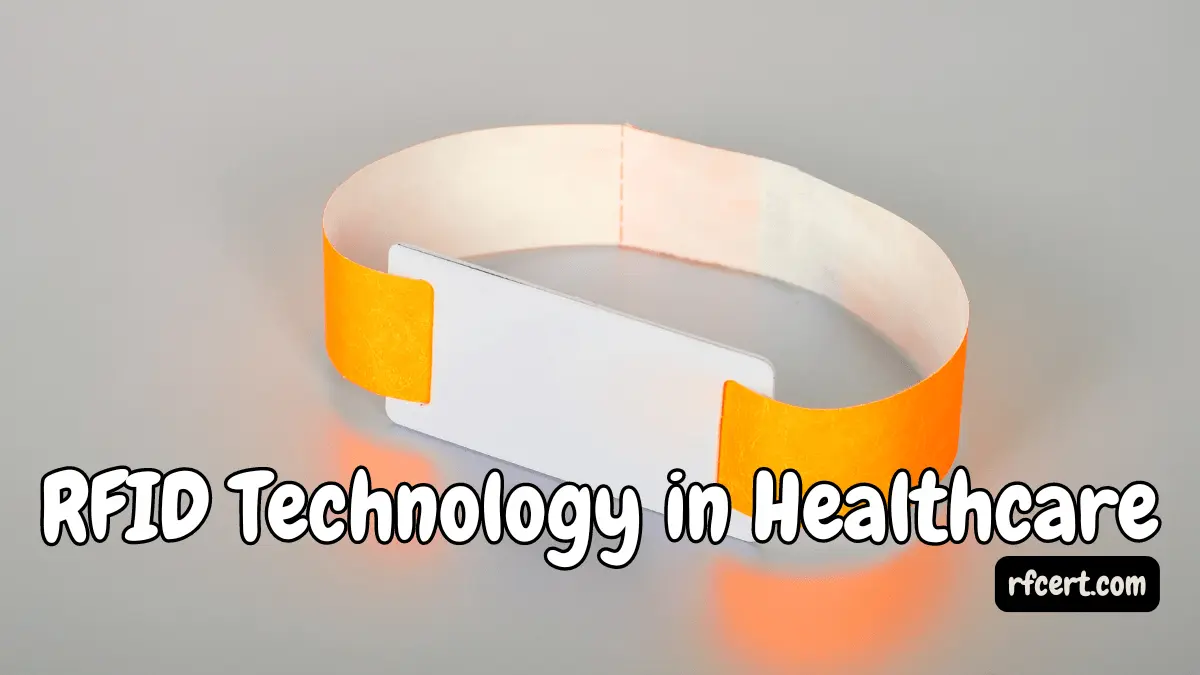
In the healthcare industry, RFID technology has numerous applications that improve patient care, enhance medical equipment management, and streamline hospital operations. One of the most prominent uses of RFID in healthcare is patient identification and tracking.
By equipping patients with RFID wristbands or tags, healthcare providers can accurately identify and monitor patients throughout their stay, reducing the risk of mix-ups or errors. This technology also enables real-time tracking of patient locations within the hospital, allowing staff to quickly locate and attend to patients as needed. Additionally, RFID-enabled patient identification can help ensure the correct administration of medications, blood products, and other medical interventions, enhancing patient safety and reducing the likelihood of adverse events.
RFID technology is also being used to manage and track medical equipment, such as wheelchairs, infusion pumps, and diagnostic devices. By tagging these assets with RFID tags, hospitals can easily locate and monitor the whereabouts of their equipment, reducing the time spent searching for misplaced items and ensuring that critical equipment is always available when needed. This improved asset management can lead to cost savings, increased equipment utilization, and more efficient hospital operations.
RFID technology in retail
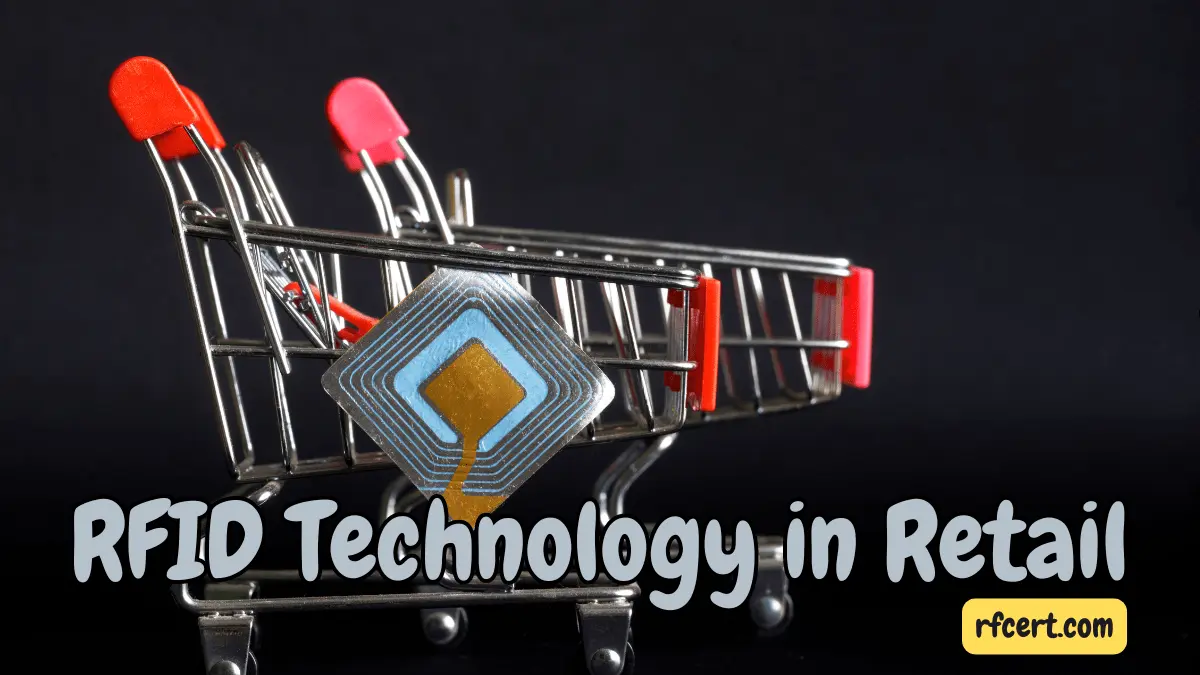
In the retail industry, RFID technology is revolutionizing the way businesses manage their inventory and enhance the customer experience. By tagging individual items with RFID tags, retailers can accurately track the movement of their products, from the warehouse to the store shelves and even into the hands of the customer.
One of the primary benefits of RFID in retail is improved inventory management. RFID-enabled inventory systems can provide real-time visibility into stock levels, allowing retailers to make better-informed decisions about replenishment, merchandising, and product allocation. This visibility can help reduce out-of-stock situations, minimize overstocking, and ensure that the right products are available in the right place at the right time, ultimately leading to increased sales and customer satisfaction.
RFID technology also enhances the customer experience in retail environments. By integrating RFID with smart shelves and interactive displays, retailers can provide customers with personalized recommendations, targeted promotions, and seamless checkout experiences. For example, customers can simply pick up an item and have the price and product information automatically displayed, eliminating the need for manual scanning or checkout lines. This streamlined shopping experience can increase customer engagement, loyalty, and overall satisfaction.
RFID technology in transportation and logistics
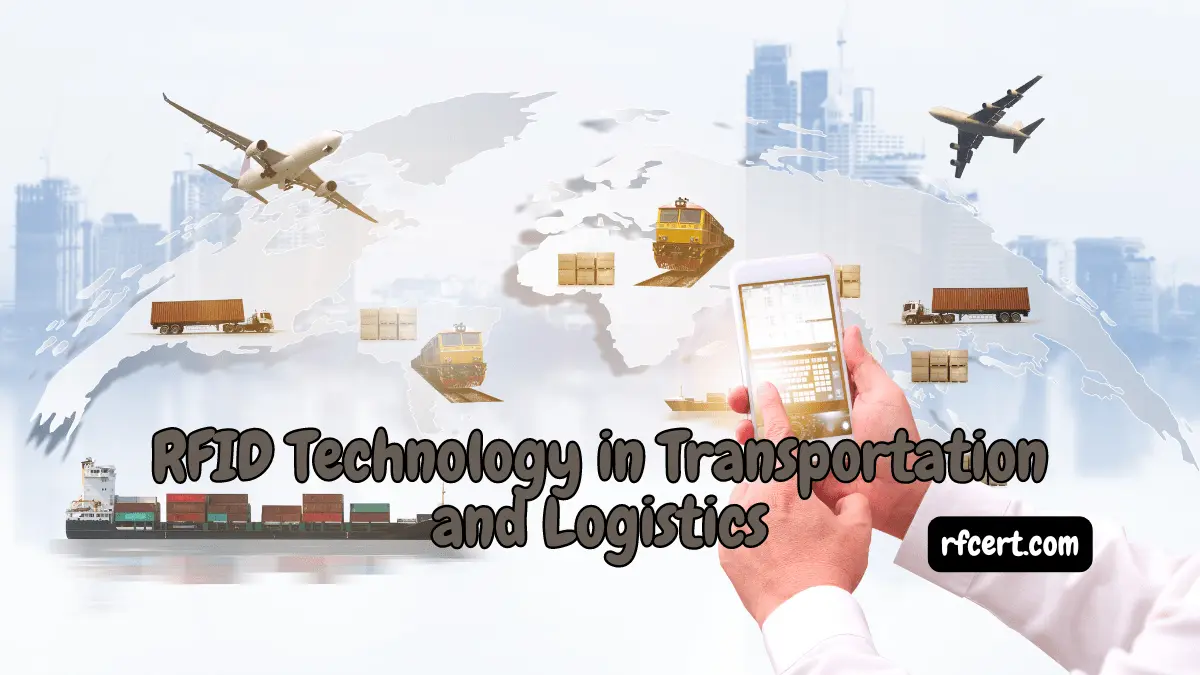
RFID technology has transformed the transportation and logistics industry, improving efficiency, security, and asset management. One of the most prominent applications of RFID in this sector is the tracking and monitoring of vehicles, containers, and cargo.
By equipping vehicles, trailers, and containers with RFID tags, logistics companies can track the location and status of their assets in real-time, ensuring the timely and secure delivery of goods. This visibility allows for better route planning, optimized resource utilization, and improved supply chain coordination. Additionally, RFID-enabled asset tracking can help prevent theft and unauthorized access, enhancing the overall security of the transportation and logistics operations.
RFID technology is also being used to streamline the management of transportation infrastructure, such as toll roads and parking facilities. By integrating RFID-enabled tags with electronic toll collection systems, drivers can pay for tolls without the need to stop at a booth, improving traffic flow and reducing congestion. Similarly, RFID-based parking systems can automatically detect and bill vehicles, providing a more convenient and efficient parking experience for drivers.
RFID technology in access control and security
RFID technology has become a crucial component in access control and security systems, providing a reliable and efficient way to manage and monitor access to buildings, facilities, and sensitive areas.
One of the primary applications of RFID in access control is the use of RFID-enabled identification cards or key fobs. By tapping or waving these RFID-enabled credentials at a reader, individuals can gain access to restricted areas, eliminating the need for traditional keys or access codes. This technology not only enhances security by providing a more secure and tamper-resistant method of authentication but also simplifies the management of access privileges, as changes can be made remotely and instantly.
RFID technology is also being used to secure assets and sensitive information. By tagging valuable items or important documents with RFID tags, organizations can track their location and monitor their movement, reducing the risk of theft, loss, or unauthorized access. This application is particularly useful in industries such as healthcare, where the protection of patient data and medical equipment is of utmost importance.
RFID technology in agriculture
RFID technology is playing a significant role in the agricultural industry, revolutionizing the way farmers manage their livestock, crops, and overall operations.
One of the primary applications of RFID in agriculture is animal identification and tracking. By implanting RFID tags in livestock, farmers can accurately monitor the health, location, and movement of their animals. This information can be used to optimize feeding and breeding programs, detect and prevent disease outbreaks, and improve overall herd management. Additionally, RFID-enabled tracking can help prevent livestock theft and ensure the traceability of animal products, enhancing food safety and quality control.
RFID technology is also being used in precision agriculture to optimize crop management. By tagging individual plants or attaching RFID sensors to farming equipment, farmers can gather valuable data on soil conditions, irrigation needs, and crop yields. This information can then be used to make more informed decisions about resource allocation, pest control, and crop rotation, leading to increased productivity, reduced waste, and improved sustainability.
Conclusion
In conclusion, the applications of RFID technology are truly mind-blowing, transforming industries and improving our lives in ways we never thought possible. From streamlining inventory management and supply chain operations to enhancing patient care and securing sensitive data, RFID is revolutionizing the way we interact with the world around us.
As we’ve explored in this article, RFID technology is being used to track endangered animals, revolutionize the retail experience, and even manage the flow of traffic on our roads. The versatility and adaptability of this technology are truly remarkable, and the potential for future applications is endless.
As RFID technology continues to evolve and become more widespread, we can expect to see even more innovative and captivating uses emerge. Whether it’s improving the efficiency of our hospitals, enhancing the security of our buildings, or transforming the way we farm, RFID is poised to play a crucial role in shaping the future of our world. So keep your eyes peeled and your mind open, because the amazing applications of RFID technology are sure to keep on blowing your mind.